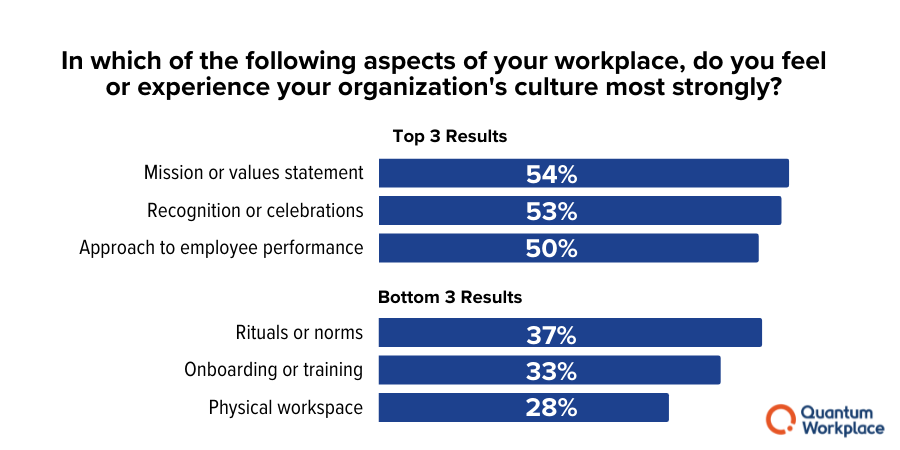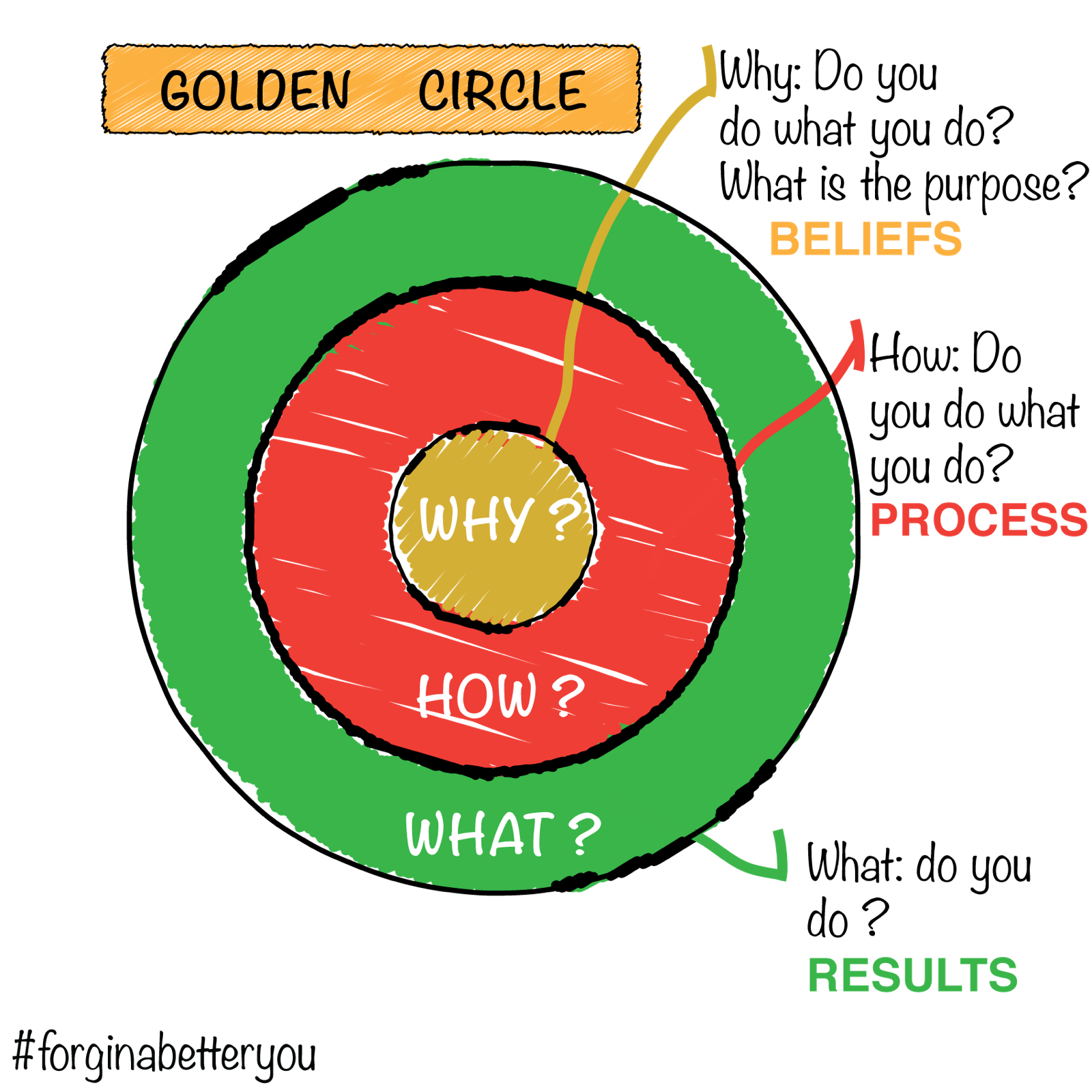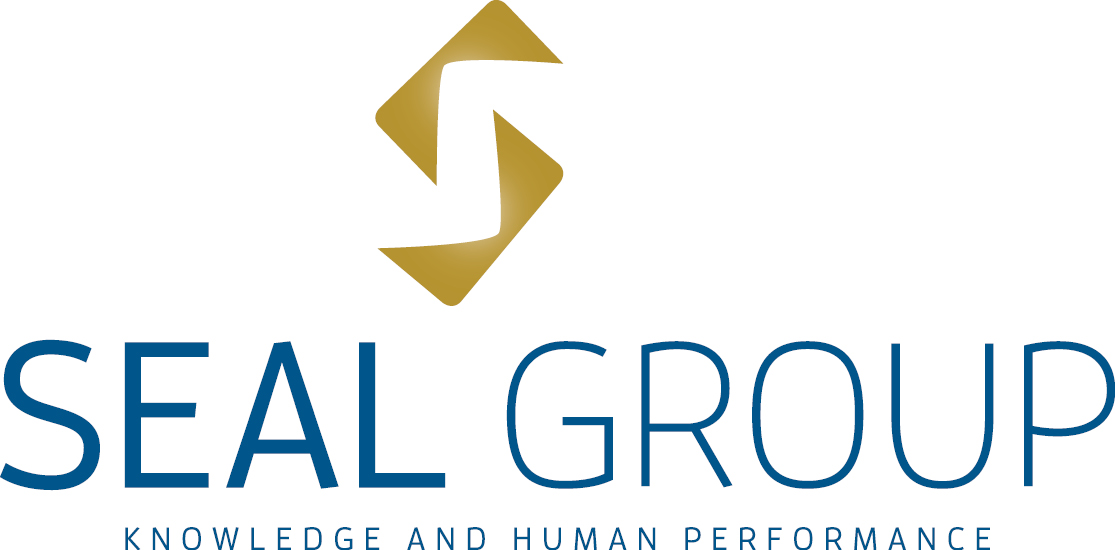Changing organizational culture requires a movement, not a decree
A healthy organizational culture is a fundamental component of any successful organization and, being recognized by business leaders, helps establish the groundwork for strong employee engagement, retention, and performance. In fact, according to studies by Quantum Workplace, around 70% of employees and leaders state that culture is more important for business success than strategy and operations, with 69% of leaders attributing much of their success to company culture.

image: sessionlabs
For organizations seeking to excel in this global context, cultural change is often the most challenging part of transformation. However, this cultural change cannot be achieved through a top-down “decree” or the implementation of a standard or process. It lives in the collective hearts and habits of people and in their shared perception of “how things are done around here.” Culture is like the wind. It’s invisible, but its effect can be measured and felt. When it blows in our direction, it enables smooth navigation; when it blows against us, everything becomes more difficult. Cultural change needs to happen through an internal movement, not a decree or “internal order.”
In this sense, it’s interesting to analyze some data on aspects where employees feel or experience a stronger organizational culture:

Mission and values. 54% of employees experience culture through the company’s mission and values. The mission and values statement describes how work is done and defines which outcomes are important. It’s important for companies to communicate their values and mission frequently. If these are regularly used to guide employees’ behavior and daily efforts, they will become increasingly visible and present in the workplace.
Recognition and celebration. 53% of employees experience culture through recognition and celebration of achievements. How leaders recognize and celebrate with their teams plays a significant role in the company’s culture. It’s crucial for leaders to demonstrate recognition for employees’ efforts, and when they exhibit behavior or actions aligned with the company’s mission and values, they should be acknowledged. 69% of employees would work harder if they received more recognition, so this should be a priority.
Performance. 50% of respondents feel culture most strongly in the approach to their performance in the organization. How leaders create alignment, communicate, and provide feedback shapes employees’ experience. Gone are the days when culture was shaped solely by the physical workspace. Today, employees feel organizational culture through daily behaviors in their department and organization.

image: simon sinek / forginabetteryou
How to start a movement
We often think that movements begin with a call to action. But research on movements suggests that they actually start with emotions, a diffuse dissatisfaction with the status quo, and a widespread sense that current societal institutions and power structures will not solve the problem. This growing discontent transforms into a movement when a voice emerges offering a positive vision and a path forward that is within reach of the crowd.
To create a movement within the organization, we should frame the issues to evoke emotions and incite action. No one explains this better than Simon Sinek through his “Golden Circle” model, showing us how to lead a change in organizational culture.
The Golden Circle method theory is an innovative approach to leadership and business, bringing the practical application of neuroscience to a deep understanding of organizational success. This fundamental theory is based on the idea that most companies and leaders focus on “what they do” and “how they do it,” but neglect “why they do” what they do. It is proven by neuroscience that the emotional bond, the why (the purpose), and the values that motivate each of us are powerful elements for individual change and the long-term success of the organization.
Starting with the purpose (why) is crucial for creating a new and solid organizational culture, an internal movement that can establish a meaningful emotional connection, creating greater engagement and a clear, inspiring connection with employees. Understanding the why goes beyond mere operations and processes, as it represents the essence, the reason for being of an organization, what drives it and keeps it motivated to face challenges and achieve defined objectives and goals.
The voice of leaders
Leaders of successful movements and organizations are often inspiring, have a cause that evokes emotions and incites action. Here are some examples:
Martin Luther King, whose “I have a dream” echoes in history as a hymn to equality and justice. King’s why was clear: he desired a world where all people were judged by the content of their character, not the color of their skin.
Steve Jobs, an extraordinary example of how passion for a cause can drive innovation. His purpose was to create products that challenged the status quo and improved people’s lives through simplicity, elegant design, and intuitive usability.
Mahatma Gandhi, leadership for peace and nonviolent resistance in India, is another powerful example of a leader who started with the why. His purpose was to achieve independence for India and promote peace through nonviolence.
Oprah Winfrey, an influential figure in the entertainment and philanthropy world, found her purpose in inspiring and empowering others. Through her programs, she seeks to share meaningful stories, promote personal growth, and positively impact communities.
Real change in personal life or an organization begins with a purpose, a cause greater than ourselves, with the potential to change the lives of employees, customers, and inspire communities to make this world a better place. It all starts within; only this way can we initiate a true internal movement, what we can call a new organizational culture.
Article by Sérgio Almeida, in partnership with Vida Económica




